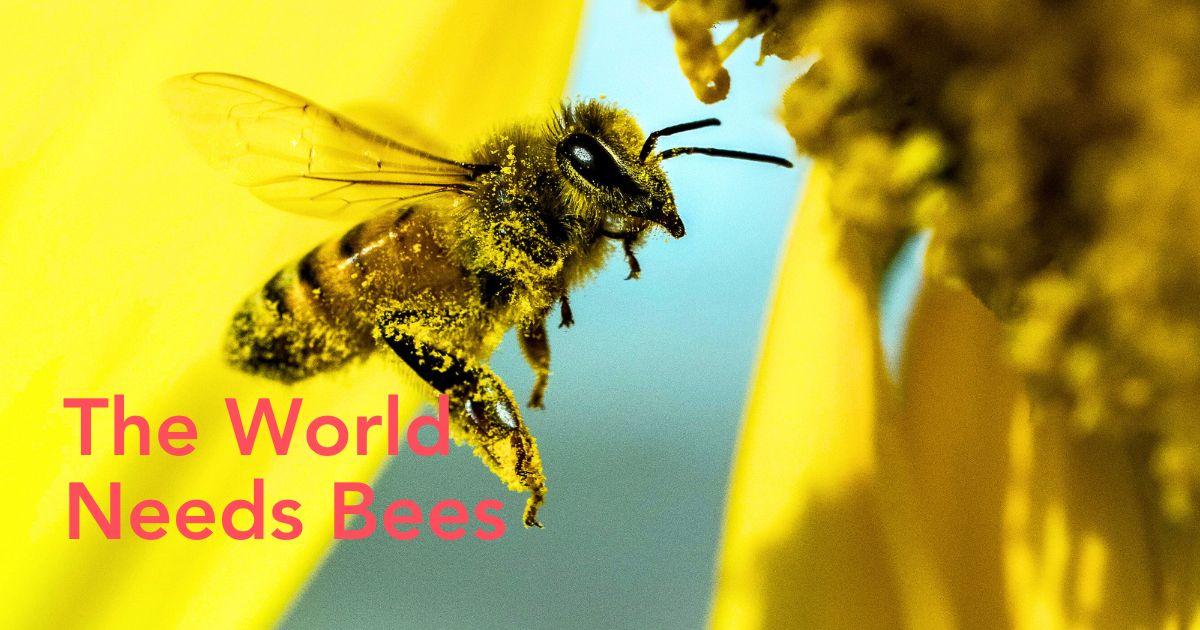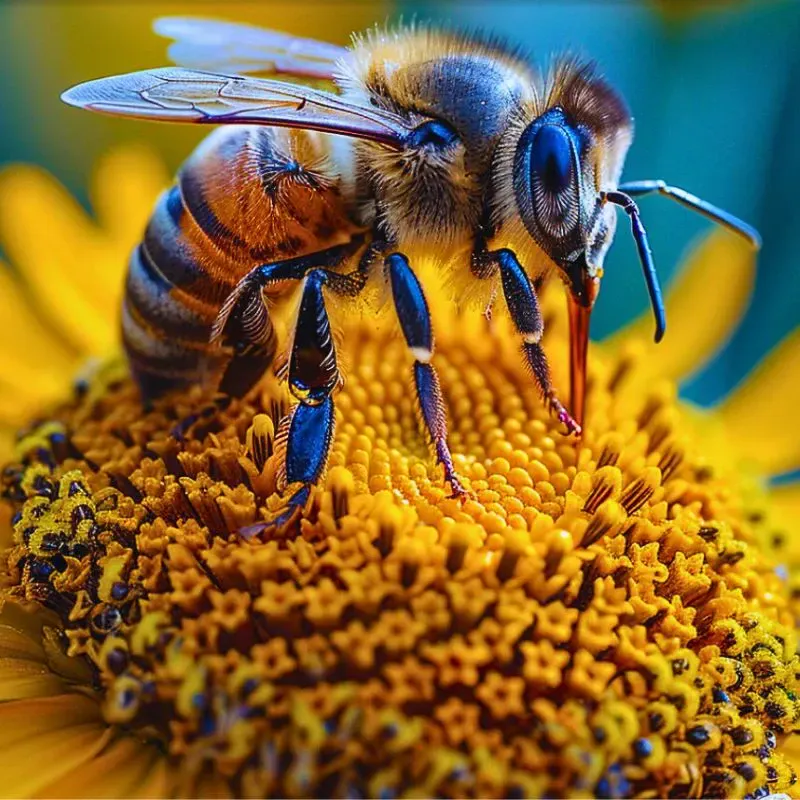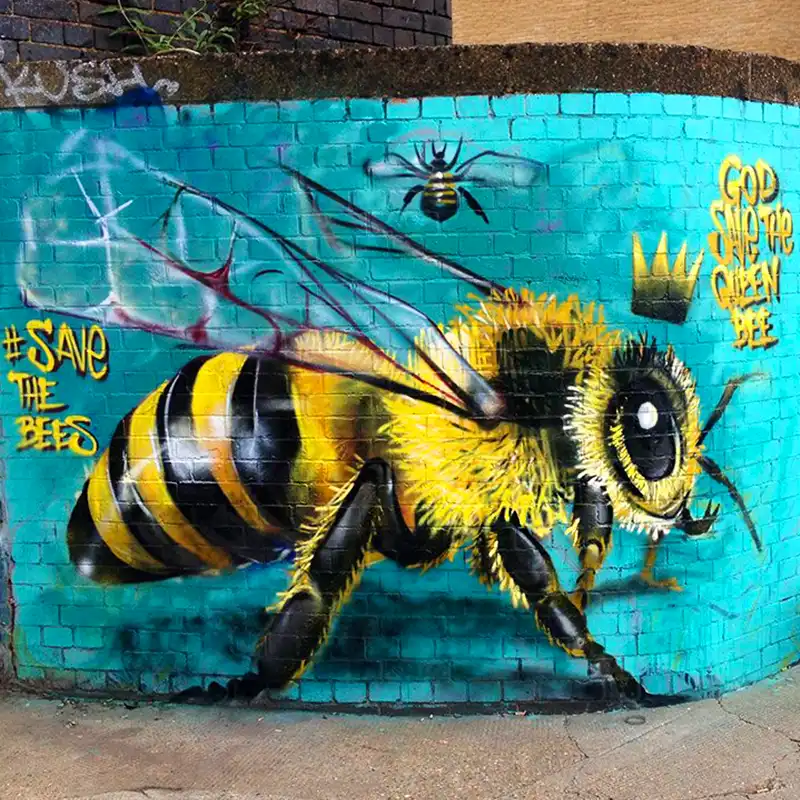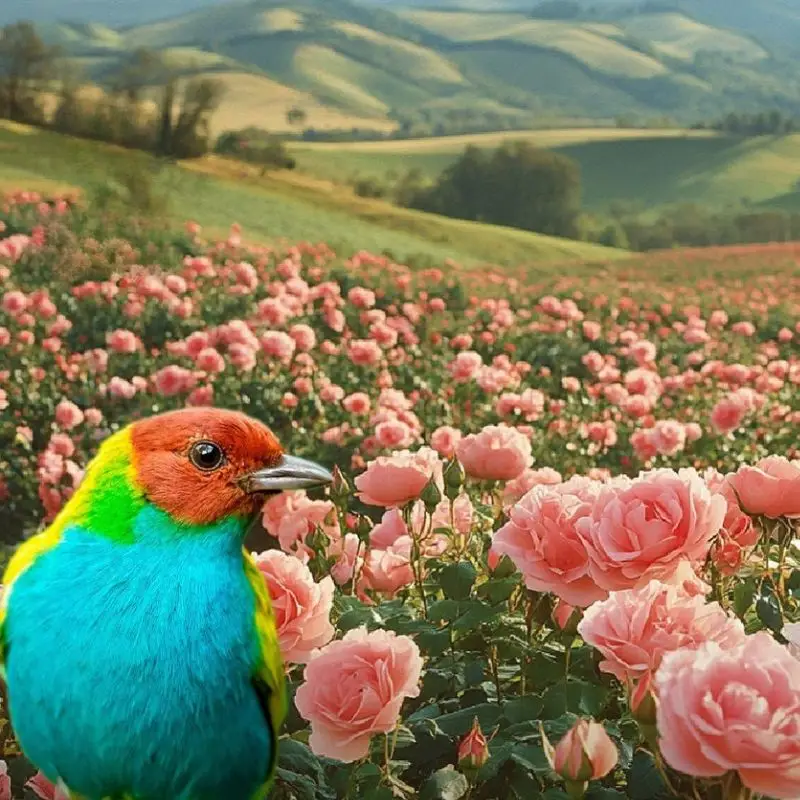Bees do far more than just buzz from flower to flower – they keep entire ecosystems alive. Beyond their ecological role, there’s something undeniably fascinating about them... their rhythm and precision. But what makes these small pollinators so vital, and why are they at the heart of both nature’s balance and the world of flowers?
Bees – The Mighty Pollinators
Does the world need bees? The simple answer is a good YES! To put it simply, bees fulfill the crucial role of pollinating flowers and plants. This entails the transfer of pollen from the male reproductive organs of one plant to the female reproductive organs of another, ensuring fertilization and the reproductive success of plants. In fact, bees go beyond mere pollination and aid in the survival of plants by preventing inbreeding. Let's get into more detail...
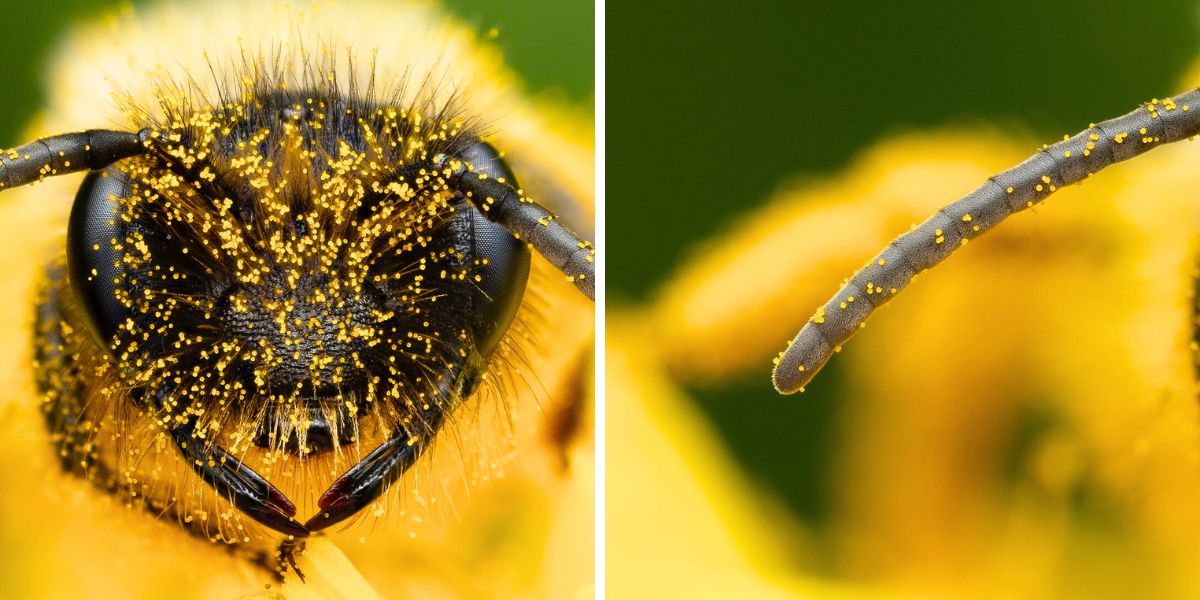
Photos: @macrocordycept
Bees, small yet mighty creatures, play a vital role in maintaining the delicate balance of ecosystems. Their significance extends far beyond honey production and stinging reputations. Flowers and the planet as a whole heavily rely on the indispensable service provided by bees. Scientifically proven facts demonstrate the essential nature of these buzzing pollinators, revealing the intricate web of life they sustain. Indeed, bees are crucial for the survival of flowers and our planet, and you're about to find out all the reasons why.
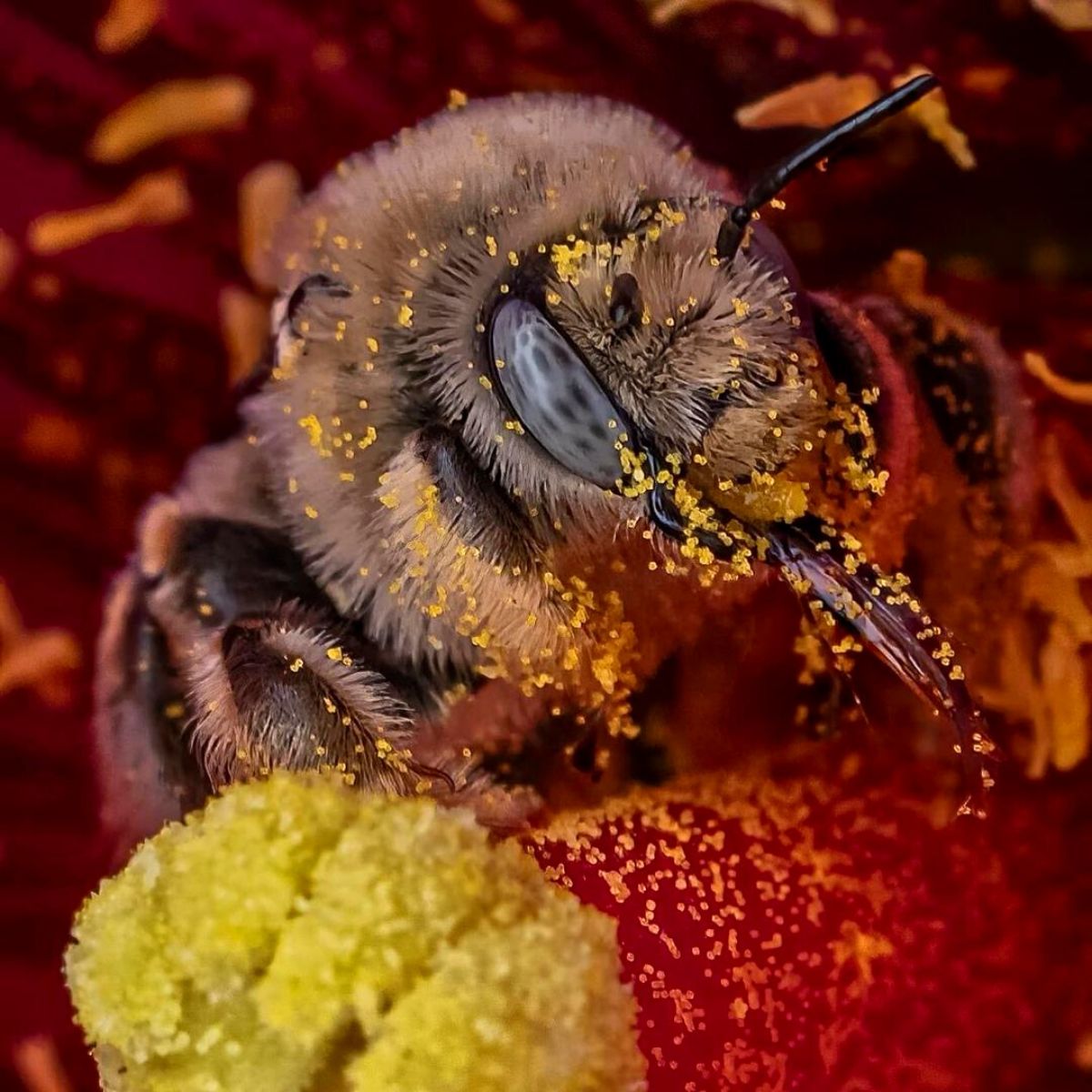
Pollination – Ensuring Floral Reproduction
At the heart of the interdependent relationship between bees and flowers lies the process of pollination. Flowers, with their colors and enticing scents, rely on bees for the transfer of pollen from the male reproductive organs (anther) to the female reproductive organs (stigma). This process facilitates fertilization, enabling the creation of seeds and fruit. Bees inadvertently gather pollen as they move from flower to flower, transferring it as they seek nectar. In fact, UNEP (the United Nations Environment Programme) explains that bees are responsible for pollinating approximately 75% of the world's flowering plants, including many crops that sustain human populations.
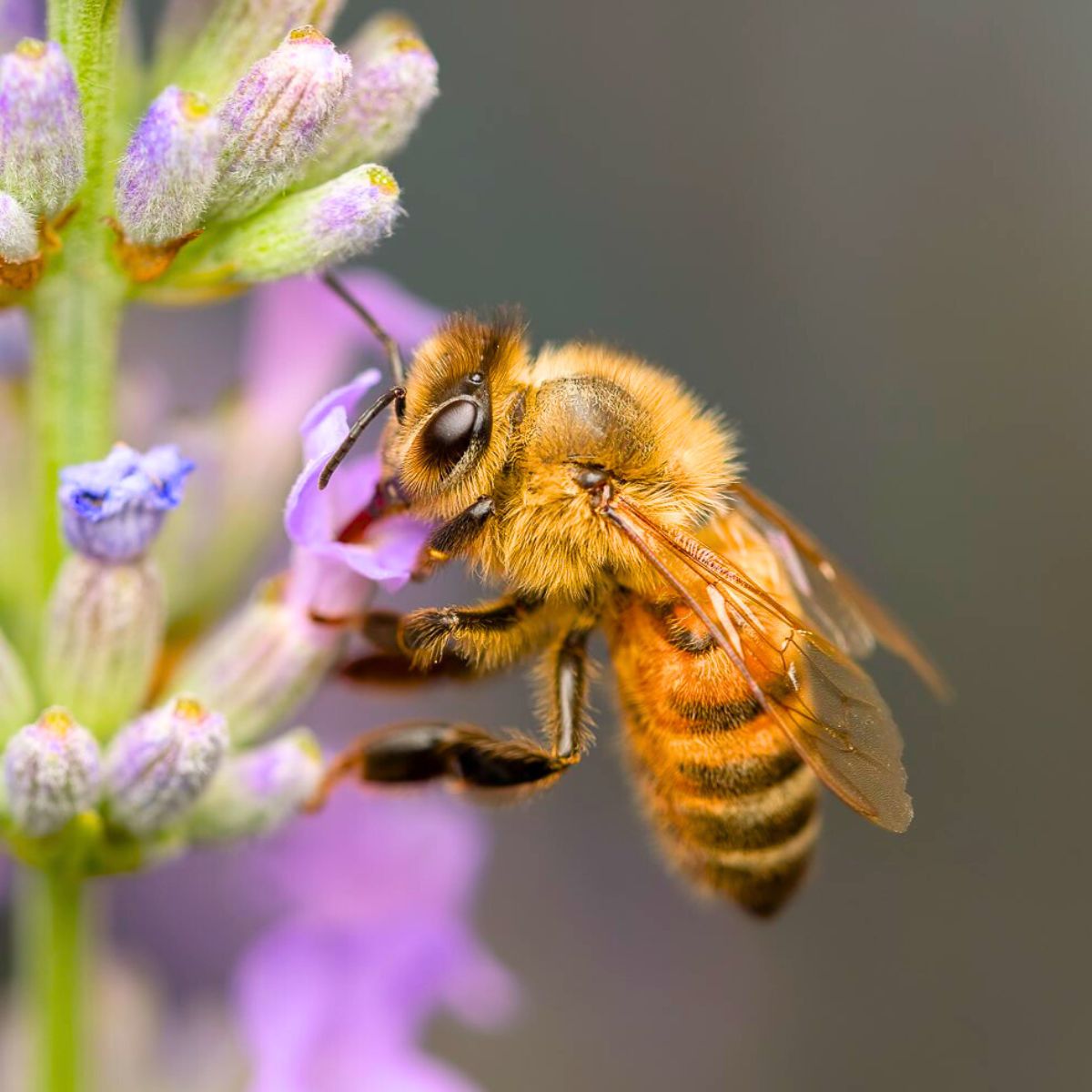
The Symbiotic Relationship Between Bees and Flowers
When bees visit flowers in search of nectar, they unintentionally collect pollen on their bodies. As they move from flower to flower, this pollen is transferred to the female reproductive organs, enabling fertilization to occur. The process of pollination is crucial because it leads to the production of seeds and fruits, allowing plants to reproduce and propagate.
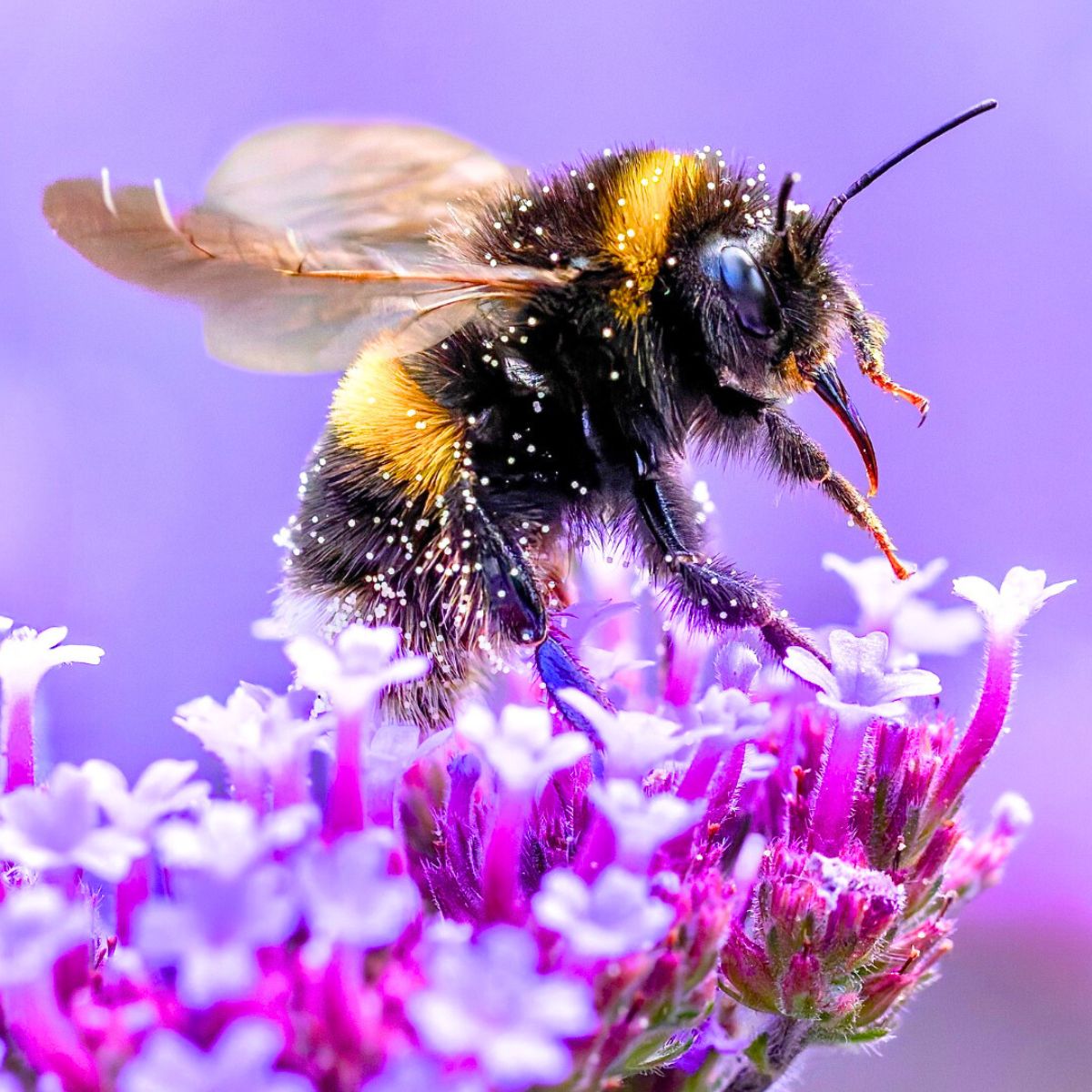
Photo: @bumblebeeconservationtrust
Without bees, many flowers would struggle to reproduce effectively. Some flowers rely exclusively on bees for pollination, as they have specific adaptations that attract and accommodate bees, such as bright colors, appealing scents, and intricate shapes. These features serve as signals to bees, guiding them toward the flower's nectar and ensuring that they come into contact with the flower's reproductive structures.
Furthermore, bees are efficient pollinators due to their foraging behavior and physical characteristics. They are highly mobile and can cover significant distances while searching for food, allowing them to transfer pollen across various plants and increasing genetic diversity among flower populations. The buzzing vibrations of bees also aid in the release of pollen from flowers, promoting cross-pollination.
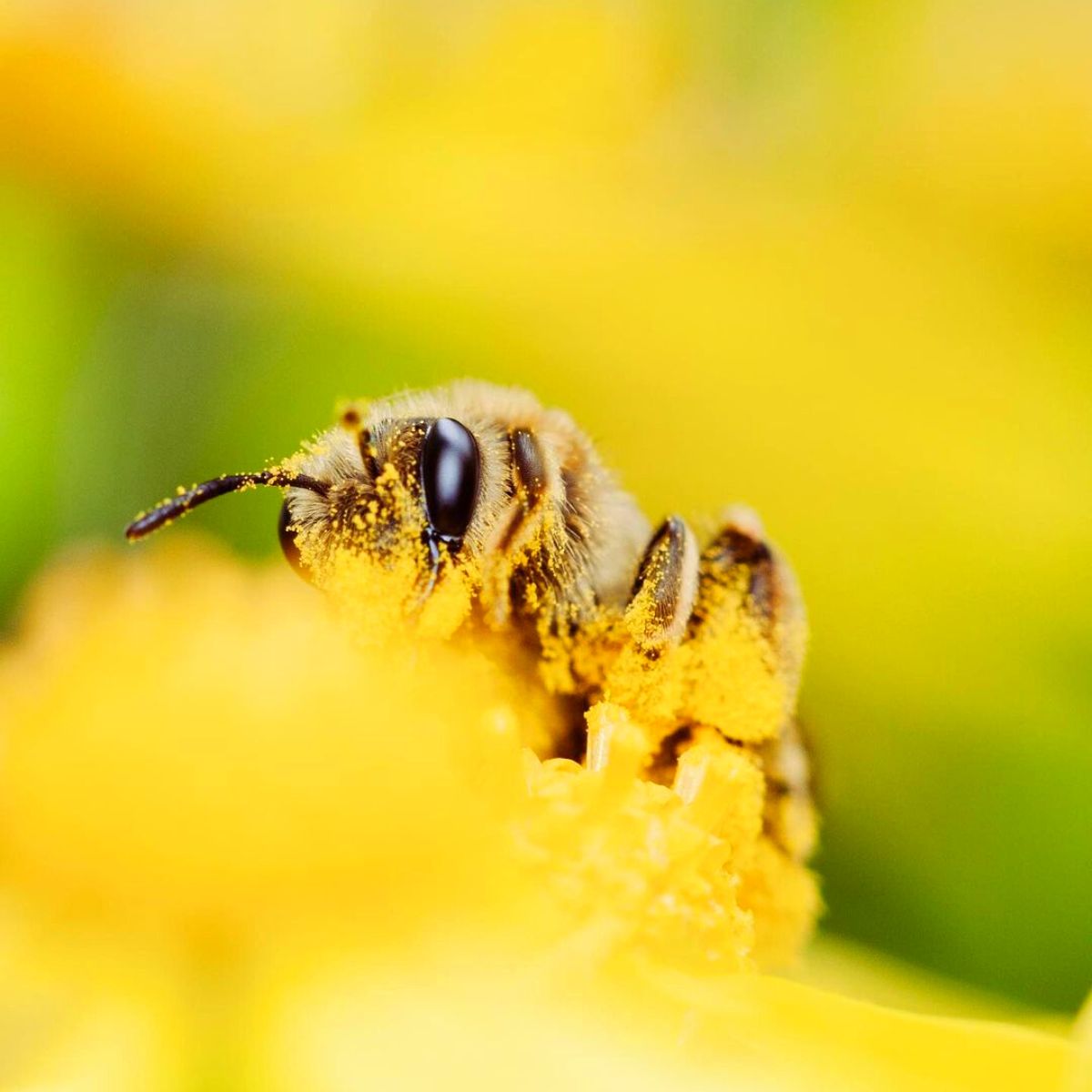
The symbiotic relationship between bees and flowers highlights the interdependence of these organisms. Flowers provide bees with nectar as a food source, while bees, in turn, facilitate the reproduction and survival of flowers through their pollination services. This mutualistic partnership is not only vital for the individual species involved but also for the overall health and biodiversity of ecosystems.
The Impact of Bees on Biodiversity and Food Security
The far-reaching impact of bees on biodiversity and food security cannot be overstated. Bees' pollination services not only sustain wildflowers but also facilitate the reproduction of agricultural crops. According to the South Australian Government's Good Living initiative, 35% of global food production depends on pollinators, with bees being the most significant contributors. Their role in pollinating fruits, vegetables, and nuts is pivotal for maintaining diverse and nutritious diets worldwide.
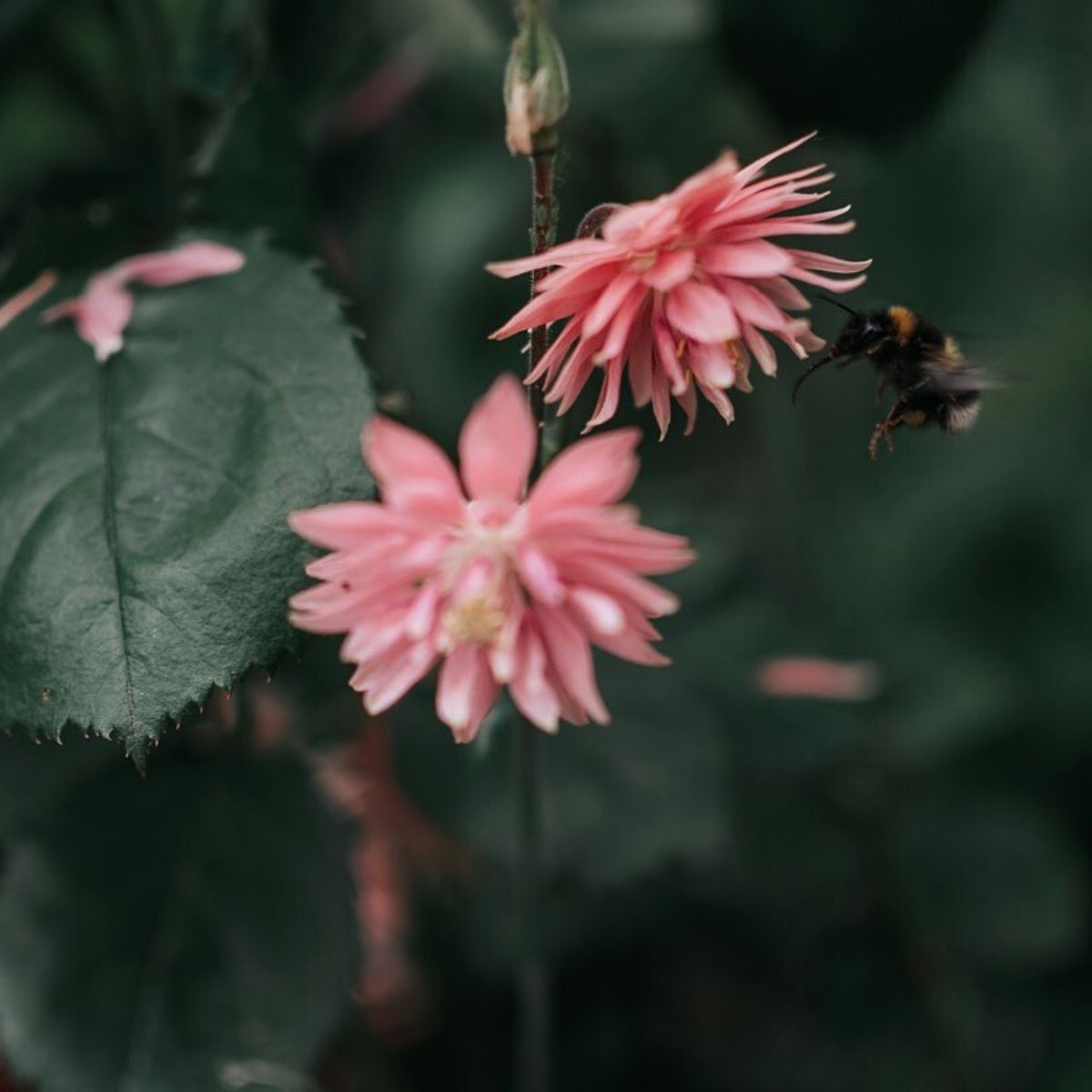
Without bees, the loss of pollination would have severe consequences for both natural ecosystems and human communities. Reduced pollination would result in decreased plant productivity, affecting the availability of food sources for herbivores and disrupting the intricate food chain that supports countless organisms.
Bees Have Mighty Benefits for Ecosystem Stability and Climate Regulation
Beyond their pivotal role in pollination, bees contribute to ecosystem stability and climate regulation. Bees visit numerous plant species in their search for pollen and nectar, promoting genetic diversity and reducing the risk of inbreeding among plants. This genetic diversity enhances the resilience of plant populations, enabling them to adapt to changing environmental conditions.
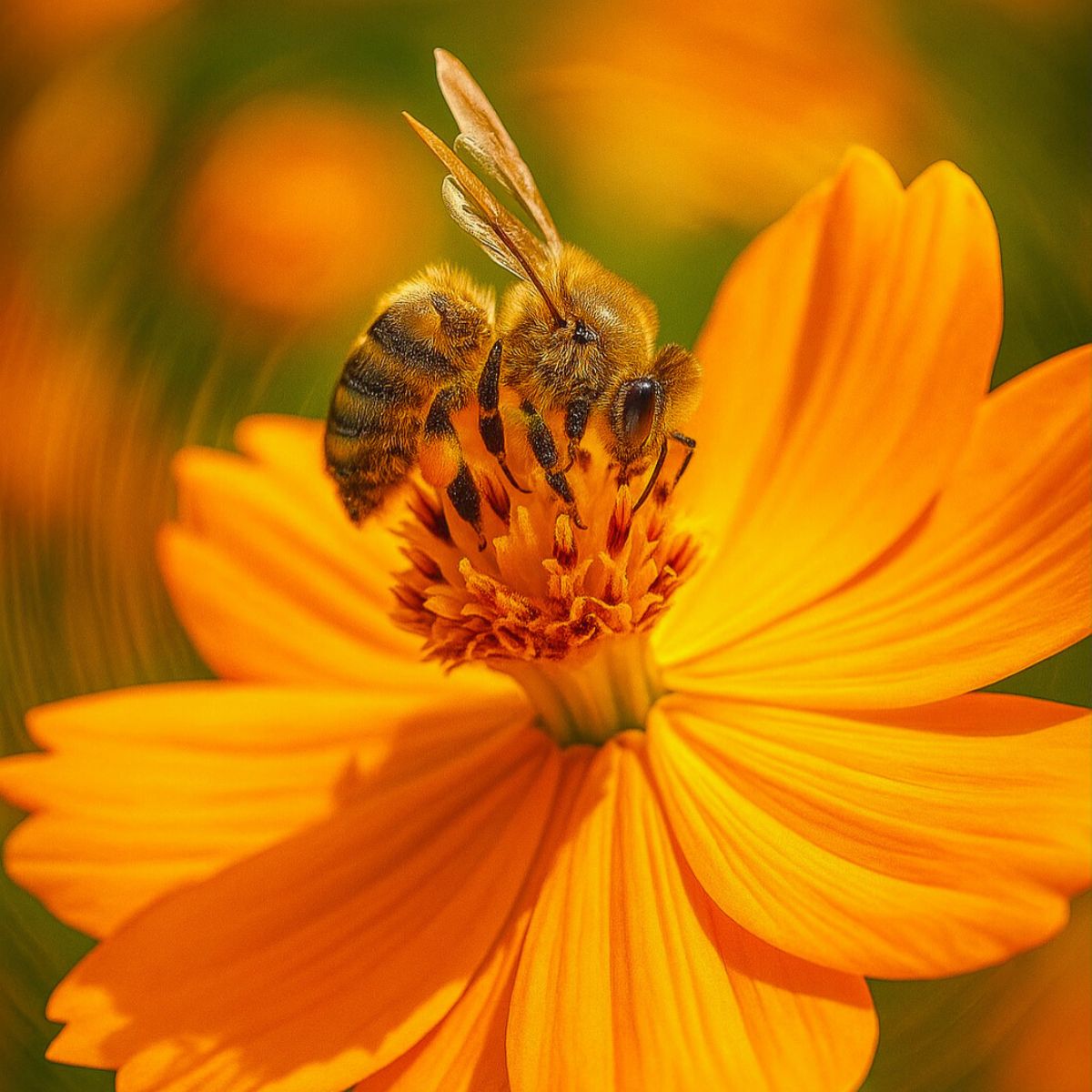
Moreover, bees play a part in carbon sequestration. As they forage for pollen and nectar, they inadvertently transport pollen grains that contain genetic material critical for the growth and survival of plants. This process facilitates the absorption of carbon dioxide from the atmosphere, mitigating climate change and its adverse effects.
Regrettably, the populations of bees and other pollinators, including butterflies, bats, and hummingbirds, are facing growing peril as a result of human activities.
Over the past few decades, bee populations have experienced a global decline primarily due to the loss of their habitats, intensified farming methods, shifting weather patterns, and the excessive application of agrochemicals like pesticides. This alarming decline in bee populations consequently poses a significant threat to numerous plant species that are vital for human well-being and livelihoods. However, not everything is bad news. Here are some ways you can take action to help preserve bees and a safe environment for them to live in.
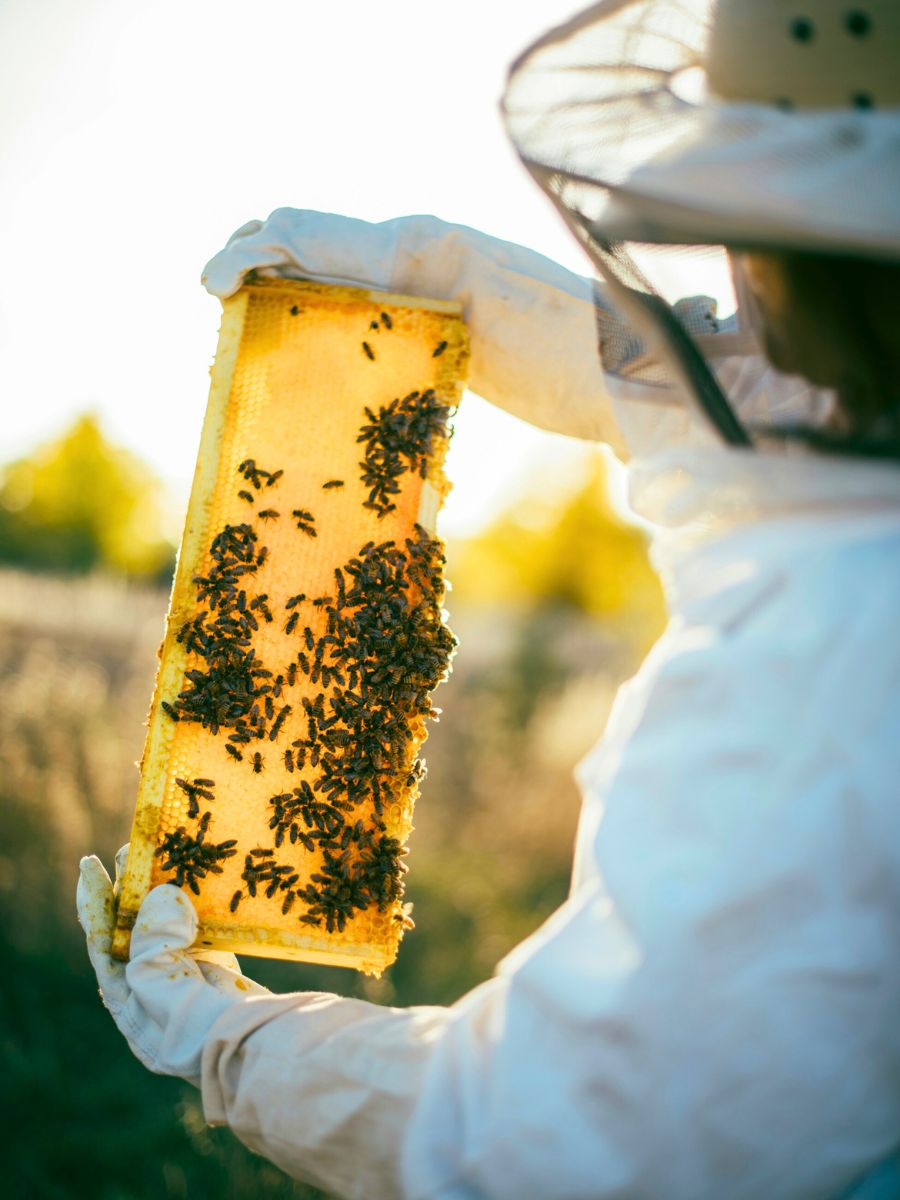
Photo: Hive Boxx from Unsplash
What Actions Can You Take to Help Preserve Bees?
- Plant nectar-bearing flowers such as marigolds or sunflowers for decorative purposes on balconies, terraces, and gardens.
- Buy honey and other hive products from your nearest local beekeeper.
- Raise awareness among children and adolescents on the importance of bees and express your support for beekeepers.
- Set up a pollinator farm on your balcony, terrace, or garden.
- Preserve old meadows, which feature a more diverse array of flowers, and sow nectar-bearing plants.
- Cut grass in meadows only after the nectar-bearing plants have finished blooming.
- Use pesticides that do not harm bees, and spray them in windless weather, either early in the morning or late at night, when bees withdraw from blossoms.
Video: Vidmem
Remember, bees are literally the portal of a new life for flowers and plants. Make sure to care for bees and provide them with a safe space to inhabit the earth.

